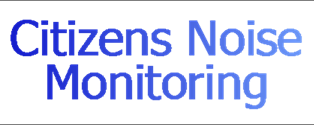Noise Monitoring System (version 2)
This is an updated article.
This is a grass roots project. It is crowd funded, basically, everyone pays for a small piece of it, and it helps us all bring pressure on the FAA to make them undo the terrible noise they have unleashed over our homes. The goal of this system is to provide wide coverage of the huge noise problem the FAA has foisted on us all across the nation. This is not a problem that will be fixed overnight, as the FAA is extremely uncooperative and unwilling to make any substantive changes. Having solid noise and sound level data will give us a tool to help us galvanize our politicians, to help regional advocacy groups, and even to help with legal action as communities get to that point.
The Noise Monitor V2
At a Save Our Skies Santa Cruz meeting held August 30th 2015, I discussed the networked noise monitor and logger system I deployed throughout various parts of the country. I designed and developed the Citizens Noise Monitoring system after it became clear we need hard data coupled with complaints to disprove a decades old noise analysis model that the FAA uses to dismiss complaints. This WEB site is part of that system as well as the hardware to gather the noise and disturbance data. This project started out local to Santa Cruz, but through the spirit of cooperation it started to spread. There are networked loggers in the Cambridge, Massachusetts area, a few in north Scotts Valley and in the Santa Cruz Mountains. Others are now being deployed throughout Santa Cruz county, Palo Alto, the Boston area, and Seattle area.
The system is one of two commercially sold sound level meters (built to NIST type-2 standards) that is connected to a small microcomputer. It records the sound pressure levels, taking second by second readings 24 hours a day, 7 days a week. The monitoring software then sends the readings to a central server for analysis. Click here to see an example of one the charts that can be produced. Select 95066-0386, Scotts Valley then click on the 15m button to display the last 15 minutes of noise data in real time. Below the chart is a disturbance list that is generated from the collected noise readings. You can copy then paste that list to your complaint emails.
The Meters
This is the meter generally used in the system. It is a WENSN 1361 type-2 sound level meter with USB output. It measures sound levels fro 30dB to 130dB.
I use this meter because it holds its calibration for a year
throughout a wide temperature range (current data shows it drifts 1dB or less).
Meters (and their microphones) eventually fail after a couple of years in outdoor
environments,
and its low price means low replacement costs.
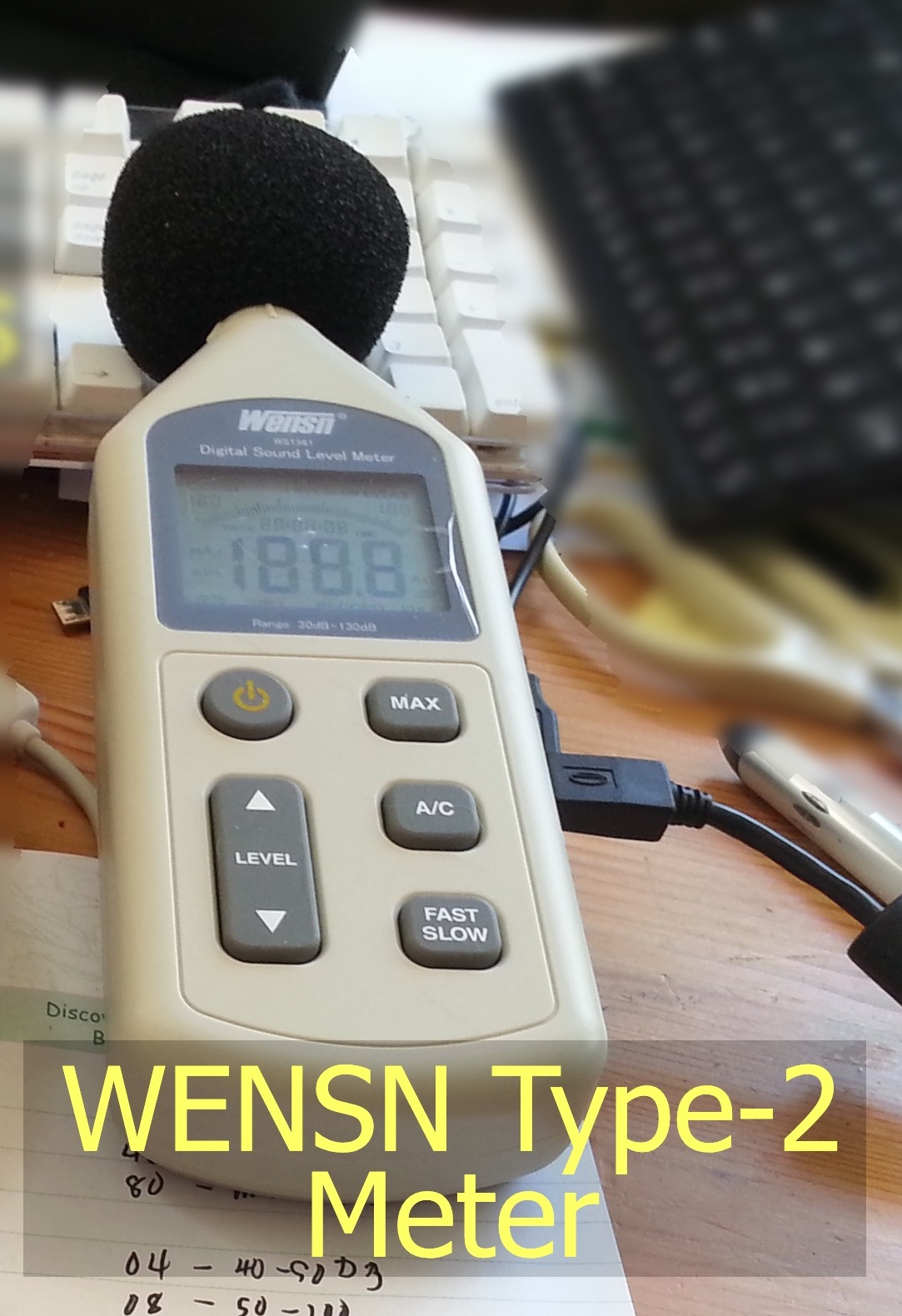
This is another meter used in the system. It is a Reed or Lutron SL-4023 type-2 sound level meter with RS232 output.
This meter costs significantly more and it too holds its calibration for a year
throughout a wide temperature range. Though higher priced, the Reed meter will also eventually fail after a couple of years in outdoor
environments.
The reason for using it is that it measures lower levels, from 20dB to 130dB.
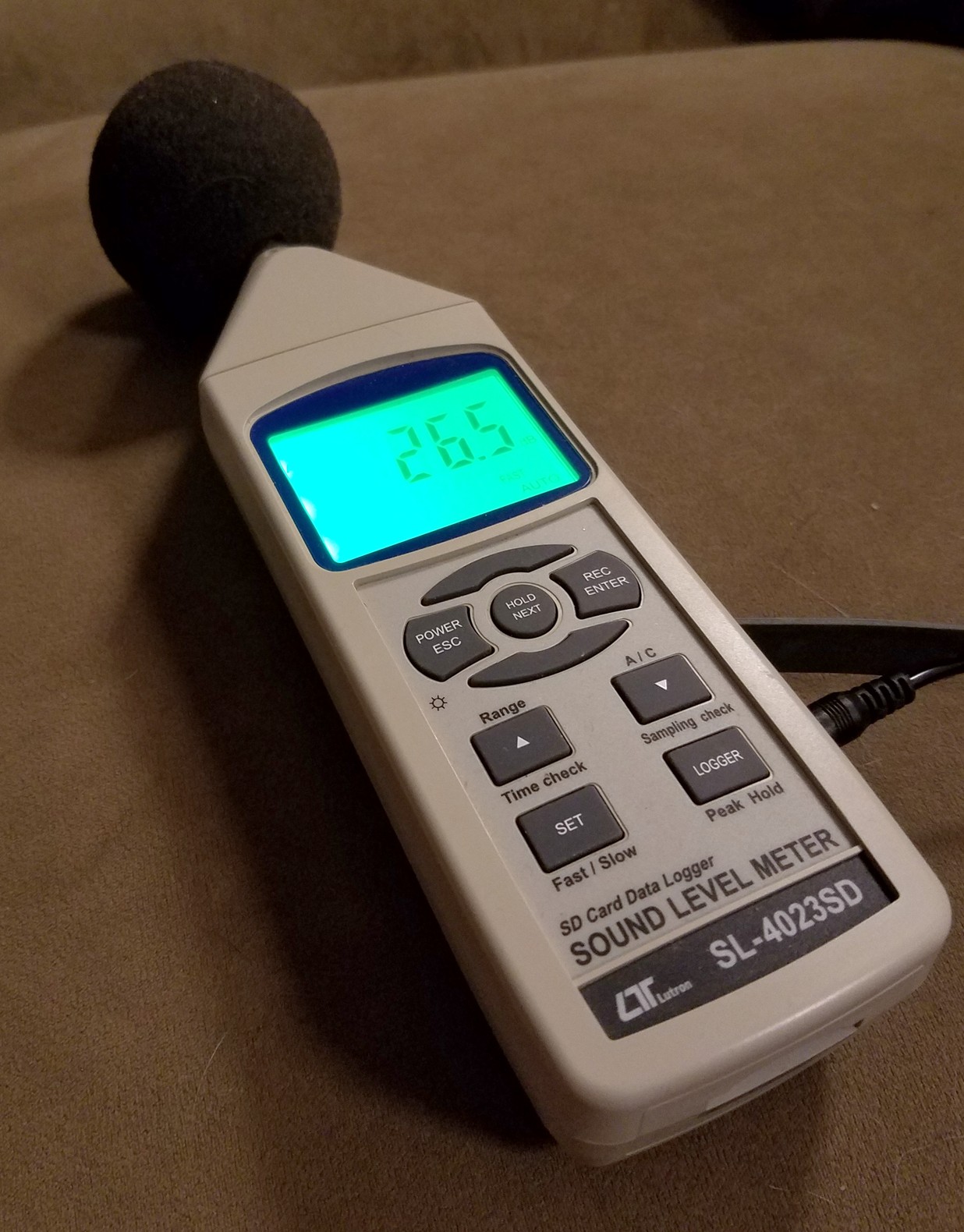
The Networked Logger
This is the networked logger. It is built around a Raspberry PI microcomputer. The meter connects to it via a USB cable or an RS232 cable.
It communicates via Wi-Fi through your network to the central server noise data repository (this WEB site).
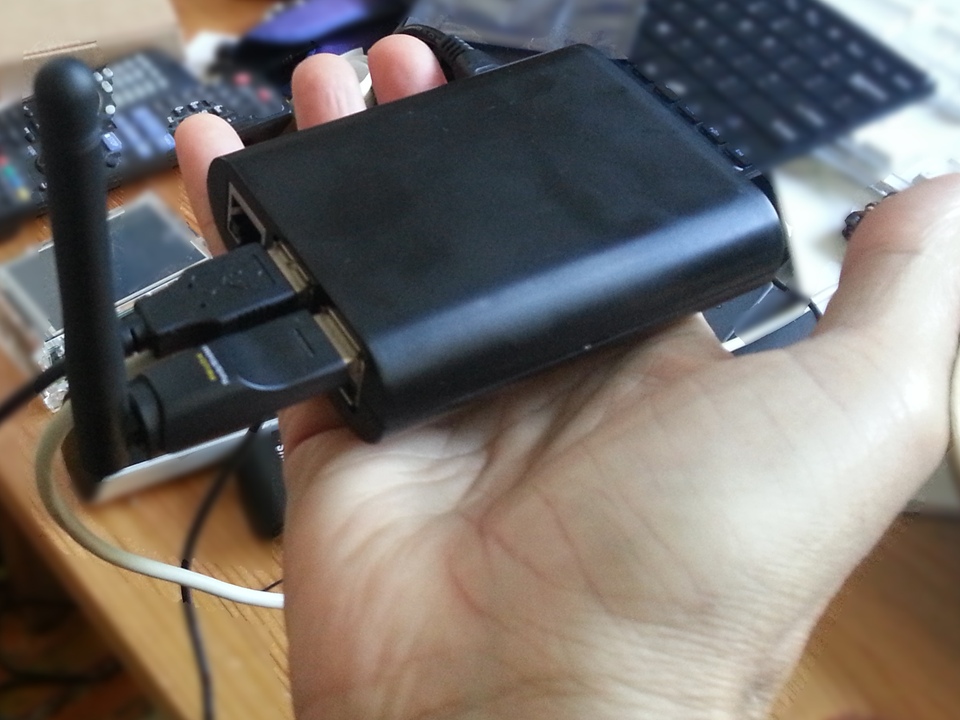
The logger is designed to record all the meter observations locally in log files then send them to the central server. If for any reason the central server is not accessible, the logger continues to record the data locally in safekeeping for up to a month. Then when connection is reestablished it dumps all the accumulated data to the server. This prevents data loss, however, it is important to ensure the monitor is placed close enough to your home Wi-Fi to have a decent connection. The site survey will determine best placement.
Assembled System Version 2
The new version 2 configuration places all the components into a
weather resistant enclosure. Only the meter microphone stem extends outside of the box. This version maybe mounted on a post driven into the ground or screwed onto a
plate or deck.
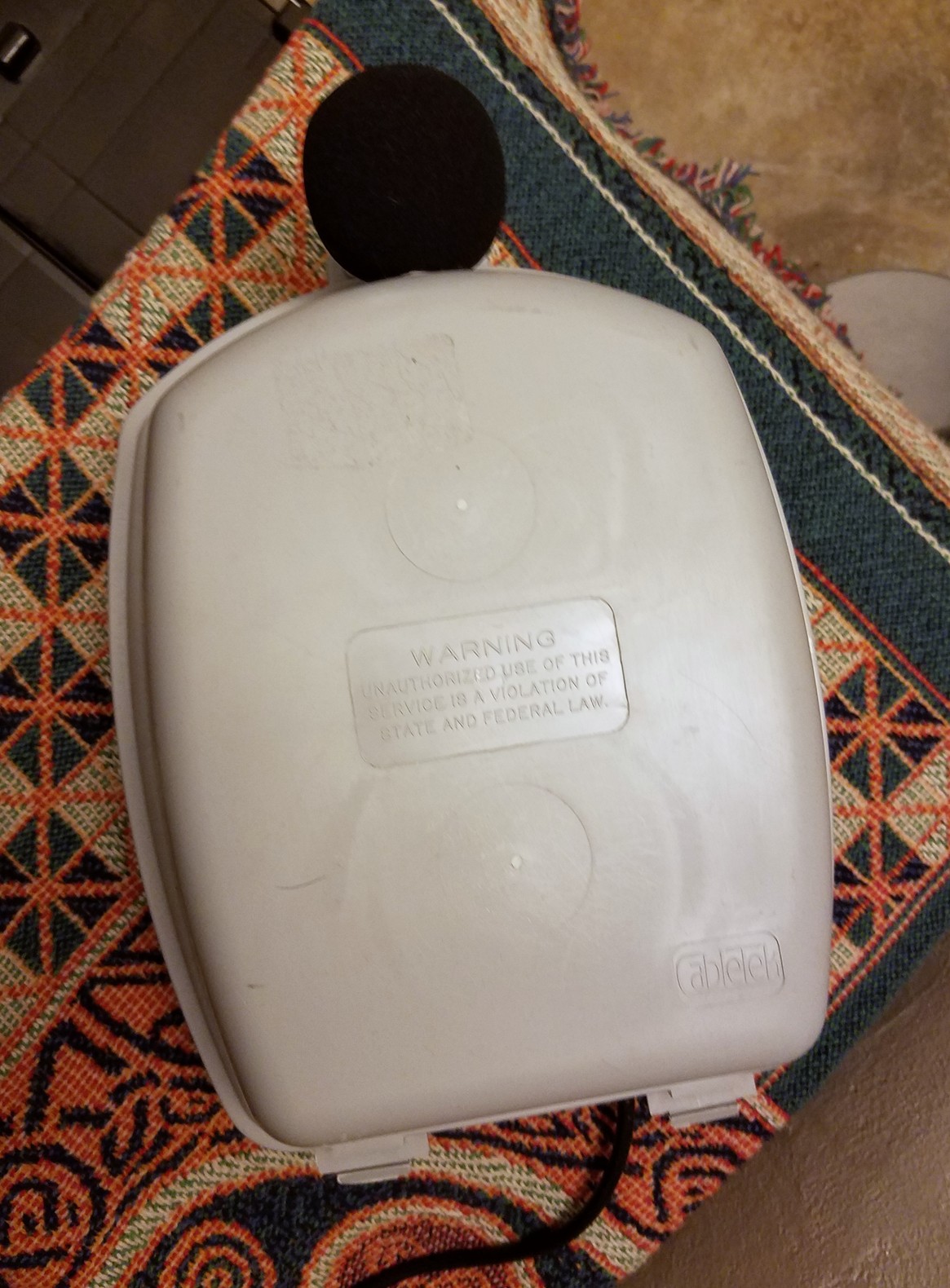
Assembled System Version 1
The version 1 configuration is discontinued. The meter and logger are attached to a pole with protective plastic bags to keep the rain off the
components. This system works OK but it cannot handle the lower temperatures, and in some cases the bags were not sufficient to protect it from
heavy rains.
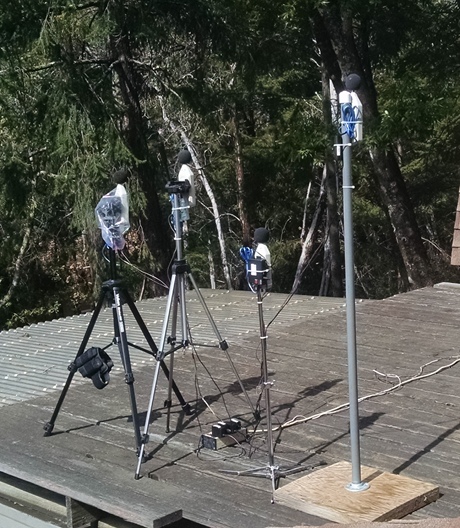
Environmental Requirements
A site survey is necessary to determine proper placement. The noise monitor needs to be placed in a spot that has a decent sky view. A 45 degree cone of view is best. It needs to be placed at least 15 feet from the house or steep slope to not be shielded by it. The vertical height can range from 4-5 feet above a surface. Too low a placement will reflect sounds. Too high will pick up wind noises. Placement near vertical surfaces is not ideal because wind vortices will induce noise that can mimic overflights. The placement also needs to avoid proximity to loud noises such as cars, dryer vents, or open windows where there is a possibility of loud sounds (TVs, stereos, etc.) The monitor needs to be close enough (within 60 feet) of your Wi-Fi access point or router to establish a reliable connection. A grounded outdoor rated extension cord (three-pronged plug) is required to supply power to the system. Continuous power must be available as it has no battery. The system draws approximately six watts (less than a night light). It generates less than 1KB/sec bandwidth, so it places negligible load on your network.
The rugged enclosure will protect the meter, logger, and power supply from rains and cold. It can operate between 25F to 105F ambient, and should be brought inside if the temperature falls outside of that range.
Testing Requirements
The meters in the monitors are calibrated using an NIST certified calibrator. The meters must be tested (and recalibrated if necessary) at least once a year. I test the monitors sited in Santa Cruz county every six months, and I send the calibrator for a certification yearly. I encourage noise abatement advocacy groups not in the Santa Cruz area to acquire an NIST certified calibrator and develop a meter testing process for the monitors located in their respective areas (I am happy to help set that up). In this way we can all ensure the meters meet the requirements that safeguard their use as legal evidence.
Price
The price of the noise logger system using the WENSN meter is $250. The noise logger with the Reed meter ranges from $500 to $570. The price varies depending on quantity and availability of the parts. Mounting hardware is additional: tripod versus pole and stand, and outdoor rated extension cords. When monitors are ready for deployment in the Santa Cruz county or SF Bay area, I or someone else will visit your place and find a good spot to set it up. For people outside of those areas, I have setup instructions to follow and I can be reached by phone, Skype, or email to assist you with the setup should you run into problems.Help us collect the data we need to fight the noise pollution. Join us by buying then setting up a networked noise logger at your home to get coverage throughout the nation. Contact us (click here) Include your address so that I can determine whether there is a monitor already nearby. My goal for this next deployment is to cover new areas.
